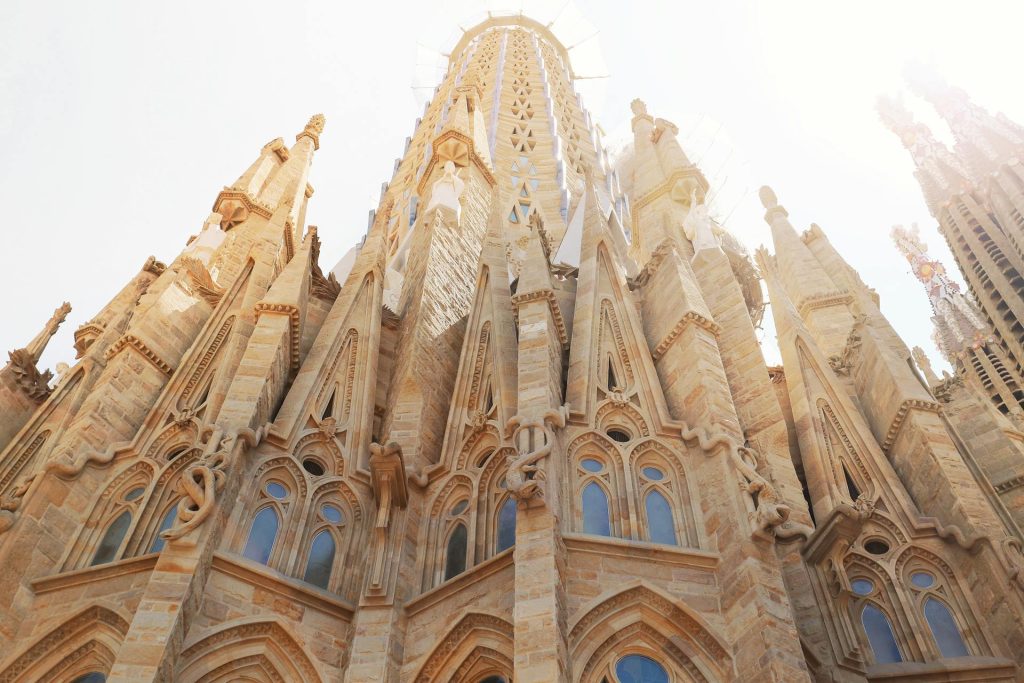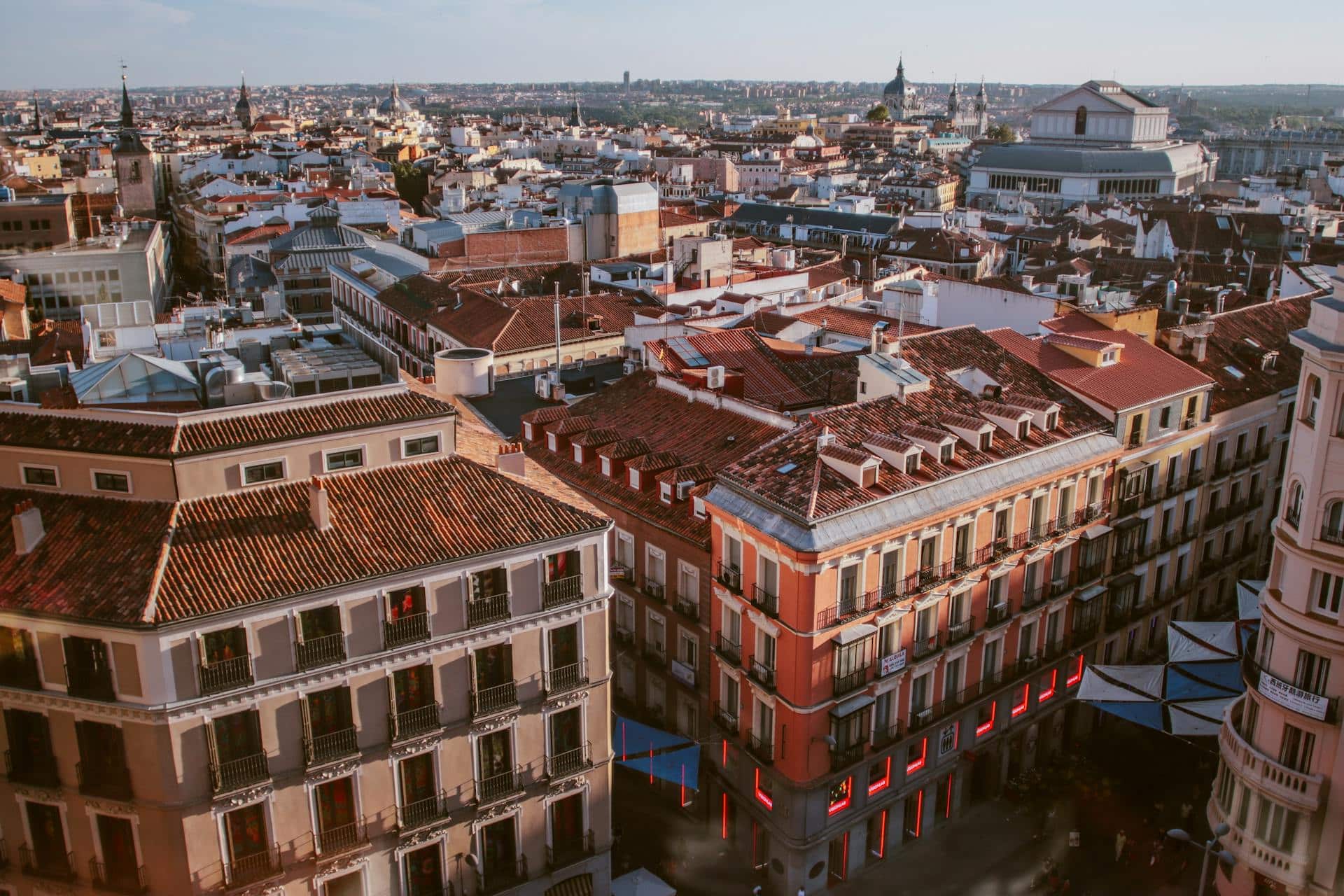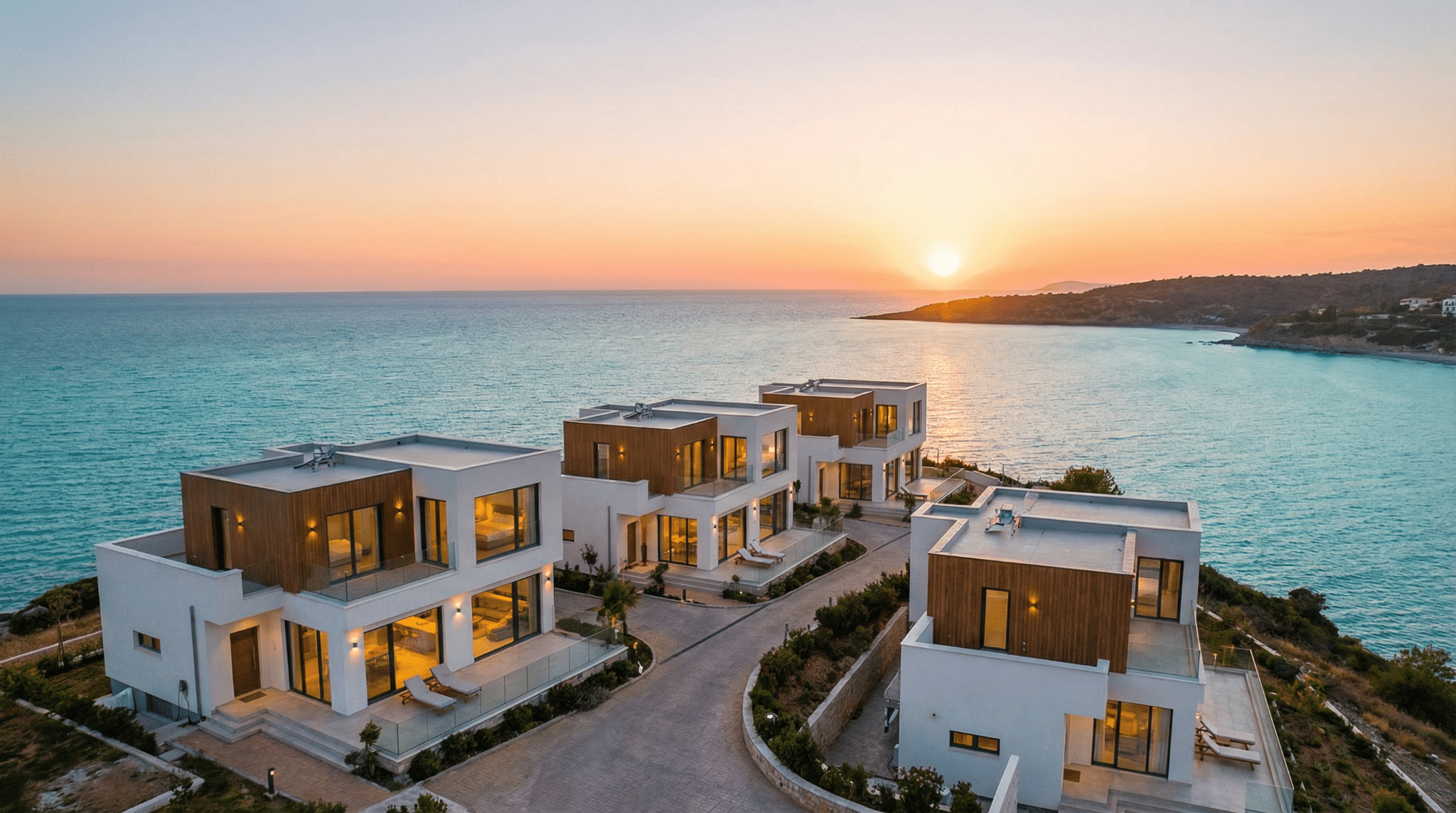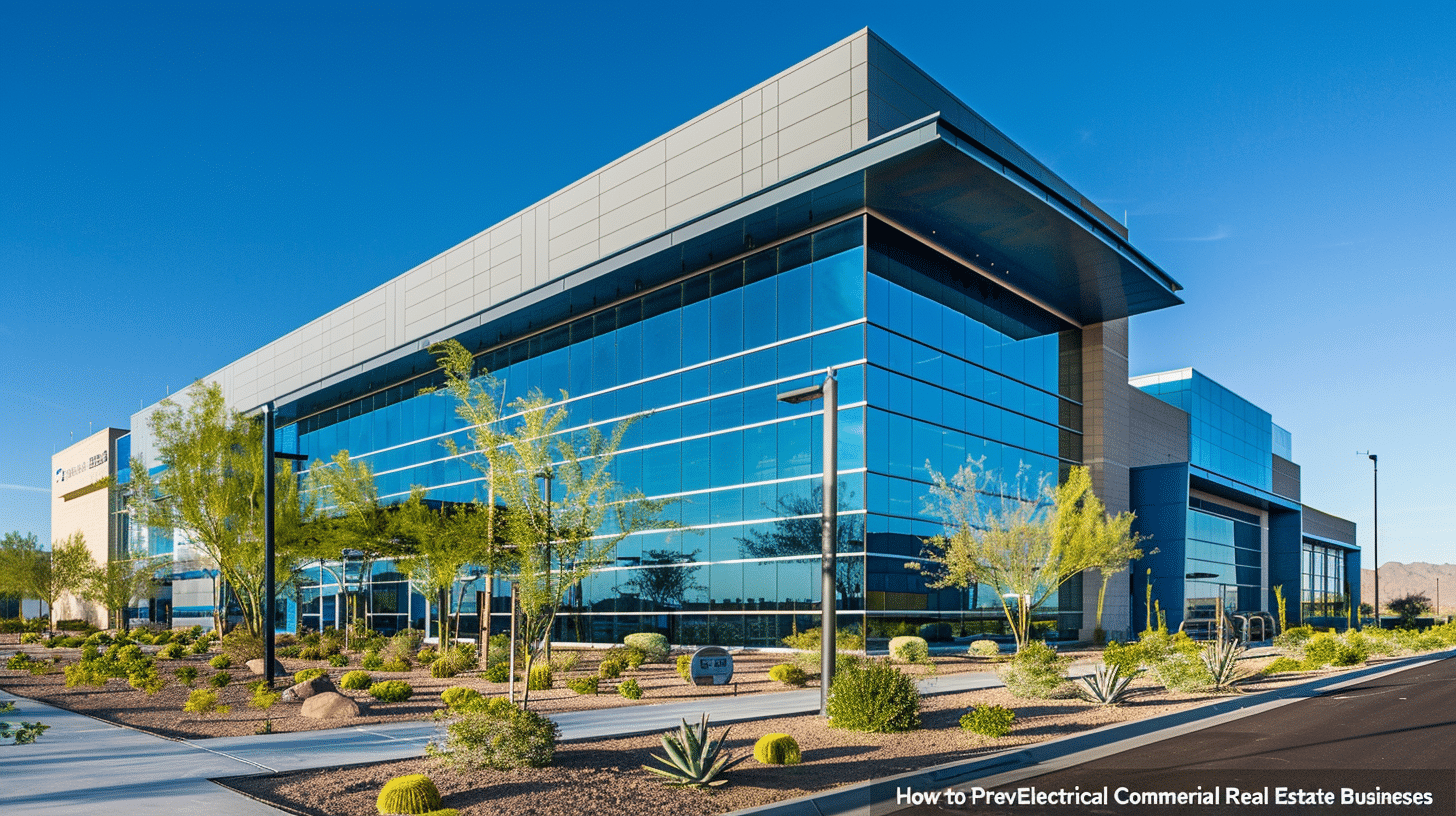There are few places in the world where architecture, climate, and lifestyle blend as harmoniously as they do in Spain. From whitewashed coastal villages to bustling urban centers filled with creativity, every corner of the country feels infused with artistry and soul.
Living here is more than a matter of geography; it is an immersion into rhythm, color, and community. For many, the dream of owning property in Spain begins with admiration for its beauty but grows into something deeper-an understanding of how place and design shape the way we live.
The Soul of Spanish Architecture
Spanish architecture tells a story that stretches across centuries and cultures. The intricate tilework of Andalusian courtyards, the curving forms of Gaudí’s masterpieces in Barcelona, and the clean modern lines of coastal villas all speak to a nation that embraces contrast. This diversity is not just aesthetic; it reflects the layers of history that have touched the Iberian Peninsula.
Walking through a Spanish town reveals this legacy at every turn. Narrow streets open suddenly into sunlit plazas. Stone balconies overflow with flowering vines. Churches built in Romanesque or Gothic styles stand near contemporary glass structures, proving that innovation and tradition coexist beautifully. This constant dialogue between old and new gives Spain an architectural personality that is both timeless and alive.
How Design Shapes the Spanish Lifestyle
Architecture in Spain is not just about buildings; it is about lifestyle. The Mediterranean climate encourages outdoor living, and design naturally responds to that rhythm. Homes open onto terraces, courtyards, or balconies where families gather for long meals that stretch into the evening. Townhouses often include shaded patios to create a cool refuge in the summer months. The flow between indoor and outdoor space is effortless and deeply intentional.
This design philosophy fosters community. In Spanish neighborhoods, people know one another because architecture invites connection. A shaded bench outside a home becomes a place to share conversation. Local cafés spill onto sidewalks, creating spontaneous social spaces. It is this balance between private and public life that gives Spanish cities and villages their distinctive warmth.
The Modern Appeal of Living in Spain

In recent years, Spain has attracted increasing international attention for its quality of life. With its mild climate, diverse culture, and evolving economy, the country appeals to a wide range of residents-from digital professionals and retirees to artists and entrepreneurs. The modern Spanish home reflects this openness, blending traditional craftsmanship with contemporary comfort.
For those exploring opportunities in Spain, this blend of heritage and modernity is part of the charm. Properties often feature distinctive details such as decorative tiles, arched windows, and wooden shutters while incorporating energy-efficient systems and open-plan interiors. Whether in the heart of Madrid or on the coast of Valencia, Spanish homes tend to celebrate light, texture, and space in a way that feels both functional and poetic.
Sustainability and the Future of Spanish Homes
Sustainability has become a defining theme in Spain’s architectural future. With increasing awareness of environmental responsibility, many architects are reimagining how buildings interact with nature. Solar energy systems, natural ventilation, and locally sourced materials are now common features in both new constructions and renovations. This approach not only reduces environmental impact but also aligns beautifully with Spain’s traditional respect for natural balance.
In rural areas, the revival of old farmhouses known as “fincas” demonstrates how historical structures can gain new life. Architects preserve stone walls and wooden beams while adding contemporary interiors that embrace efficiency and comfort. This respectful combination of preservation and progress is one of the qualities that make Spain’s architecture so admired around the world.
The Emotional Landscape of Place
Architecture affects emotion as much as it does function. In Spain, this connection feels especially vivid. Light plays across white walls in the afternoon, casting shifting patterns that change the atmosphere of a room. The scent of orange blossoms drifts through open windows in spring. A rooftop terrace becomes a stage for sunsets and quiet reflection. These sensory moments shape daily life and deepen one’s sense of belonging.
Even in bustling cities, there is an emphasis on creating spaces that feel personal and expressive. Small details-a wrought iron balcony railing, a hand-painted tile, a carved wooden door-carry a sense of care. This appreciation for beauty in everyday surroundings reflects a national character that values both craft and comfort.
Choosing to Belong
Finding a home in Spain is not only a matter of investment but of connection. Many people who come for work or travel find themselves drawn to stay because of the country’s warmth and creativity. Each region offers a distinct identity, from the rustic tranquility of the Basque countryside to the modern pulse of Madrid or the coastal charm of Málaga.
The search for a home here becomes more than practical-it becomes personal. Those exploring Spain real estate often speak of falling in love with a neighborhood before even stepping inside a property. They find joy in discovering how each street tells its own story, how local markets become part of their routine, and how architecture seems designed to invite slower, richer living.
A Celebration of Living Well
What makes life in Spain so captivating is the ease with which beauty and function coexist. The homes are comfortable without pretense, the architecture proud without arrogance, and the people generous without effort. Spain’s design sensibility is rooted in harmony-between land and light, between tradition and innovation, between solitude and community.
Investing in Spain real estate can be an opportunity not just to own property but to embrace a philosophy of living that values balance and joy. It is a chance to experience a country where art and life are intertwined, where the architecture itself seems to breathe along with the rhythm of daily life.
Conclusion
Spain’s architectural landscape is as diverse as its culture, and every region offers a new expression of creativity and warmth. From centuries-old stone villages to sleek modern apartments overlooking the sea, each space reflects a commitment to beauty, comfort, and connection. Those who discover life within its walls quickly understand that architecture here is more than design, it reflects how people love to live.
In Spain, the home is not merely a structure. It is an invitation to belong, to slow down, and to find delight in every detail.







